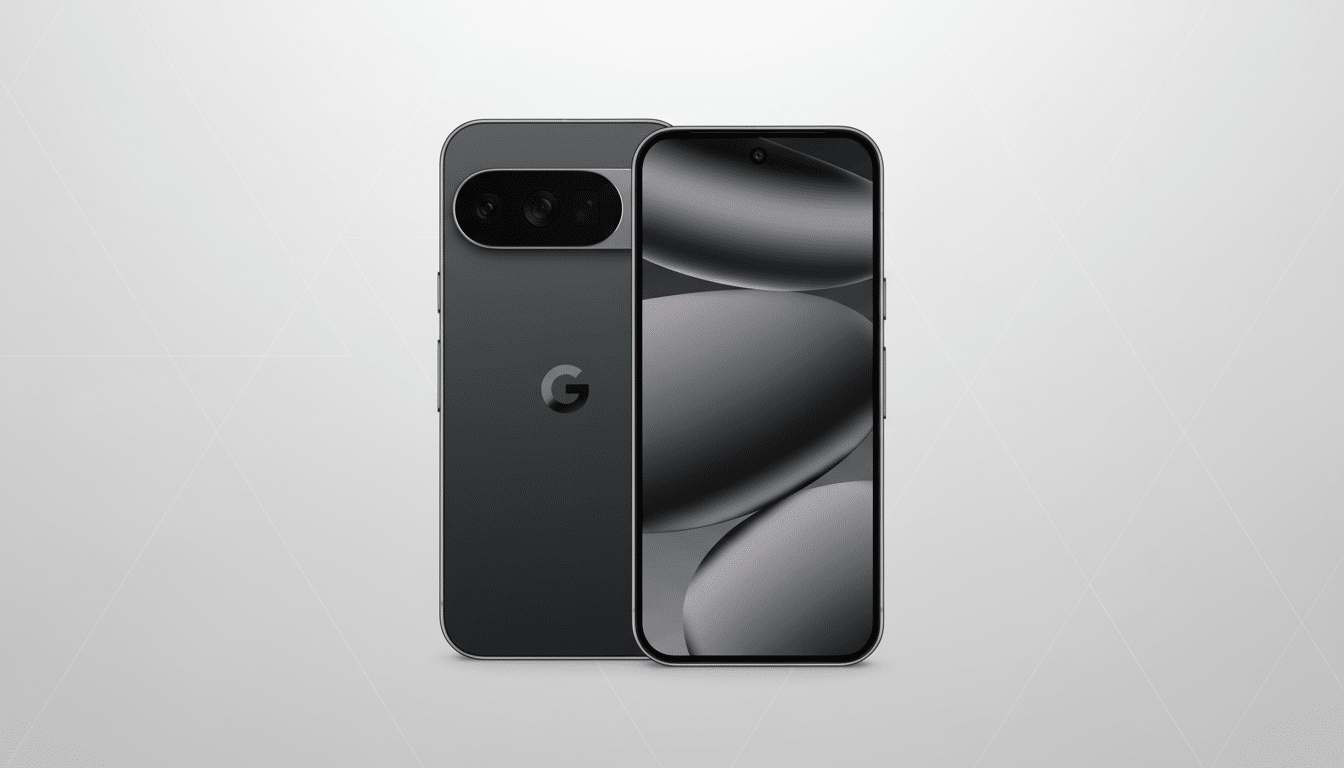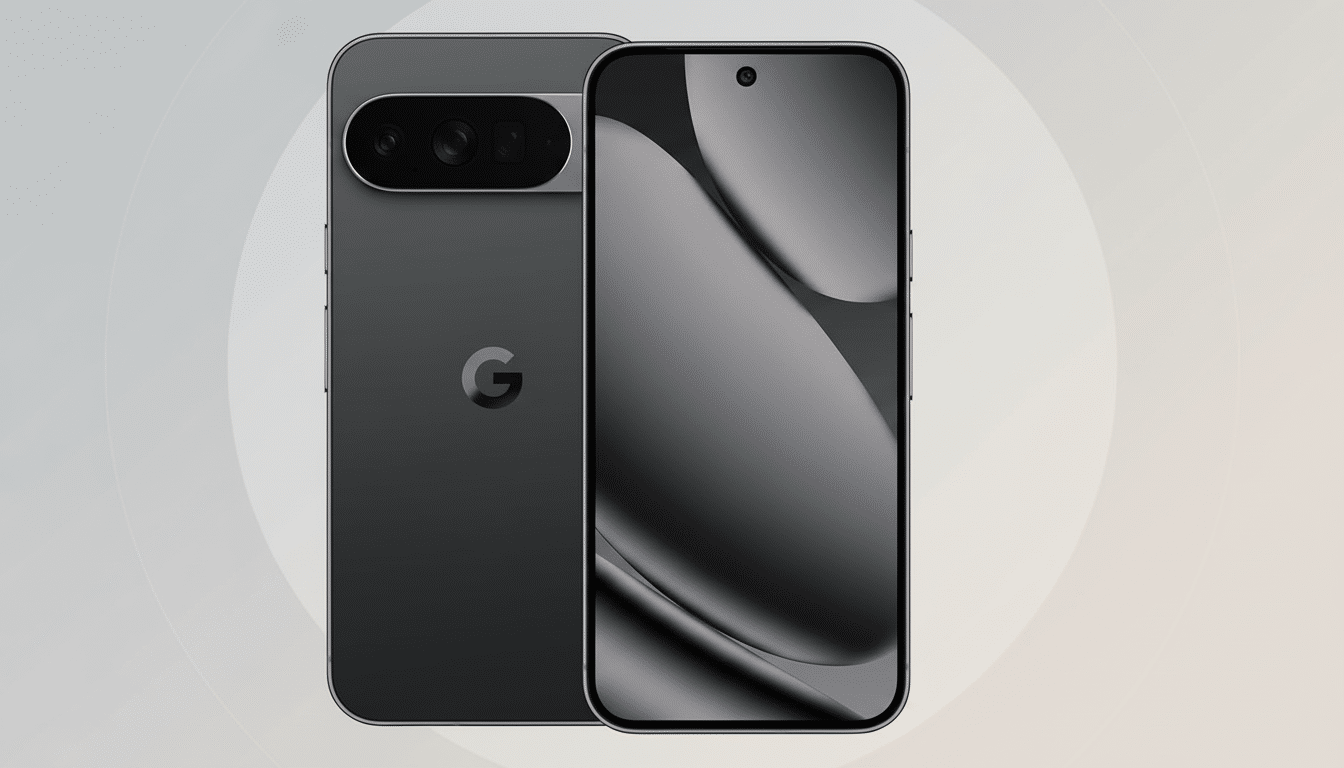I’ve spent an afternoon testing 5G performance from Verizon, T-Mobile and AT&T outside Chicago’s Wrigley Field, which is a venue that genuinely stresses networks. Its potential has always been speed and capacity. The full house, in fact, is the ultimate test of each one.
How I tested 5G performance around Wrigley Field
I tested with three of the same Pixel 10 Pro phones, one on each of the big three carriers’ lines. I ran tests using the Speedtest by Ookla app and a controlled 2GB cloud file download to capture both synthetic and real-world performance. I took readings at several points — multiple gates around the stadium, the fan plaza next to it and baseline checks one to five miles away, to observe how congestion affected results.

Why it matters: large venues depend on a combination of mid-band 5G (such as Verizon and AT&T C-band at 3.7GHz and T-Mobile’s 2.5GHz spectrum) and, in some locations, ultra-high-band mmWave using small cells or a distributed antenna system.
When tens of thousands of devices are stacked up on a few sectors, the bottleneck can be in uplink capacity and what are referred to as scheduling decisions, not least when a speed test every so often shows eye-popping download peaks.
What the numbers showed during Wrigley Field testing
Outside at the main gate, the headline number from Verizon: about 2.6Gbps down, clearly mmWave or a fat C-band carrier running hot. AT&T also broke the four-figure mark around those parts at 1.3Gbps or so. T-Mobile’s best score, taken farther from the choking zone, was in the 800Mbps range: speedy on its own terms but nowhere near what the others peaked out at around the stadium’s edge.
Move a few dozen yards and the narrative being told was different. At one entrance clogged with fans, T-Mobile made no attempt to begin tests on multiple occasions, indicating congestion in an uplink or control channel. Moments later, and in another gate, it rocketed back to healthy double or low triple digits — a demonstration of how venue performance can hang on exactly which sector you’re on and where that slice of spectrum is loaded.
File downloads also delivered a more down-to-earth tale. Near the left-field gate, a 2GB video file was fastest on AT&T, wrapping up at about 1 minute 15 seconds, but T-Mobile followed closely behind at around 3 minutes 55 seconds and Verizon hit at exactly 4 minutes by our count. Later at the fan plaza, Verizon and T-Mobile fell just short of 3 minutes while AT&T got mired in quicksand and was unable to be finished within 12 minutes as the throng thinned out onto the sidewalk. Then a third baseline, not far down the road, changed it again: T-Mobile completed that identical 2GB file in just about a minute, ahead of Verizon and AT&T.
Consistency rather than peaks: Reconciling the diversity of surrogates that extend the WCV in dense environments. Verizon never welcomed a true single-digit drought across all regions and netted the most triple-digit downloads. T-Mobile was all over the map — great out of the park, often trotting with weights at the gates. AT&T went from wonderful to slow, depending on the density and the time.

Why Verizon led and T-Mobile lagged at the ballpark
Most likely is venue architecture. The carriers Verizon and AT&T have gone all-in with C-band in many urban sports venues, topping that off — where the crowd compresses — with mmWave small cells. Those fat downlink channels can explode speed tests and, with strong uplink setup, keep sessions stable under load too.
T-Mobile’s 2.5GHz mid-band is great for wide coverage and everyday speed — Ookla and Opensignal independent testing again and again shows T-Mobile coming out on top on national median 5G download speed and availability. But in this ballpark, the multiplicity of sector loading, uplink contention and perhaps fewer high-capacity nodes precisely at the choke points seemed to make a difference. In high-traffic situations, uplink spectrum depth and scheduler tweaks often dictate whether your app can establish a connection at all, as well as how fast it flies after getting there.
It’s also worth considering that stadiums are highly complex RF environments. Signal is absorbed by the body, lines shift now and again, and your phone hands off from one sector to another. Even a truck rolling through with a temporary camera uplink, or a tranche of fans going live on social media, can tilt the balance of electrons across a cell in seconds.
The winner and what it means for fans at Wrigley Field
Winner: Verizon. It posted the best peak, avoided the worst slowdowns and had a still-sprightly mix of throughput and reliability compared with about an hour in. Runner-up: AT&T, which surged with a high score at one gate for the fastest large file pull, only to have more volatility near the plaza. T-Mobile stood out as the one away from the field, but it also suffered the most congestion at critical arrival areas.
Practical takeaways:
- Pre-download video and maps
- Anticipate uplink hiccups for live sharing
- Shuffle 50-100 feet to another sector if your phone stalls
If the team provides stadium Wi-Fi, supported (as it almost always must be) by a modern distributed antenna system, then as you reach the final out, when everyone is reaching for their phone at once, it’s often among the most reliable choices.
Taking in a broader view, nationwide reports from companies like Ookla, Opensignal and RootMetrics continue to put T-Mobile at or near the top for average 5G speed and availability, with Verizon and AT&T shining in isolated situations such as dense urban cores and inside venues. My ballpark test is simply a parallel to one of the many blunt facts of radio networks: your experience depends on where you stand, when you do a check, how many other people are doing it around you. On this day, outside of this stadium, Verizon was king.

